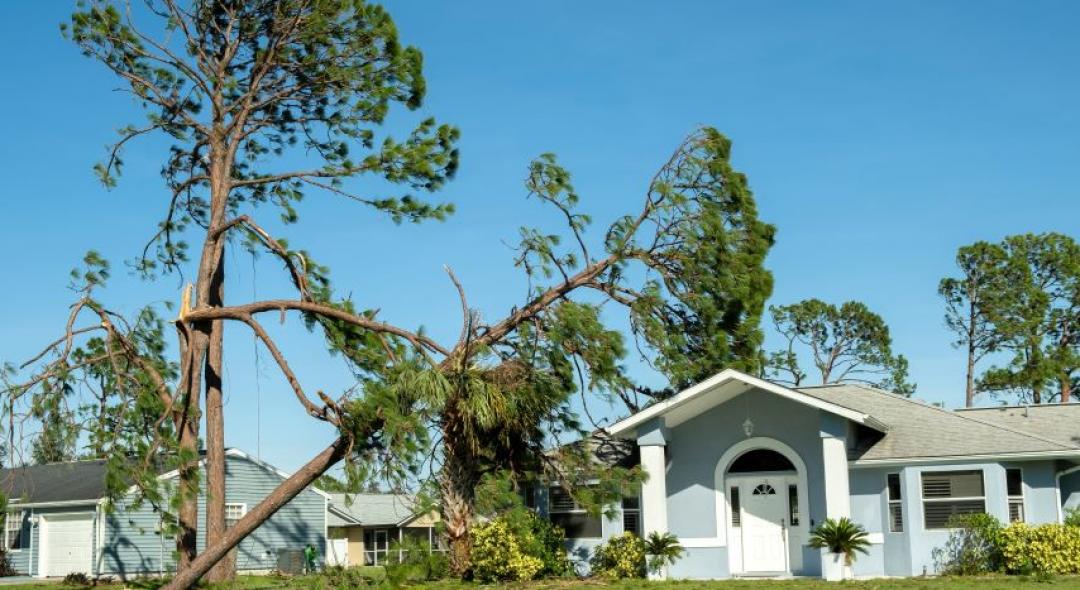
Dealing with attic fan repair is not something you want in your house. However, this common issue has many signs and solutions. To fix it, try turning off the power, removing obstructions, checking for damaged wires and thermostat settings, oil components, balance blades, and more!
If you need or want to know more about the ins and outs of attic ventilation fan repair, read this complete guide prepared just about the topic. Here, you will learn all about the signs, reasons, solutions, and costs of a faulty attic fan. Check it out now and solve your problems today!
Why Is My Attic Fan Not Working?
Well, there are some signs and causes that you might observe in your problematic attic fan. Take a look at the list below and check them out yourself! If any of them is the case for you, continue reading to know what to do.
When your attic fan falls silent, it is often your home sending an SOS. Common signs that your attic fan is not performing properly include:
- ack of ventilation;
- inconsistent cooling;
- increased energy bills;
- unwanted moisture; or
- strange noises.
Knowing what causes the attic fan to stop working is key. Worn-out or damaged motors can significantly impact fan performance. Accumulated debris or pests obstruct airflow – believe us, wasps in the attic are more common than you would like to imagine – wiring issues, circuit problems, or blown fuses. Also, over time, your attic fan might simply wear out.
How To Fix An Attic Fan: 10 Essential Tips
Do not let a malfunctioning attic fan turn your home into an oven. Here are 10 indispensable tips to troubleshoot the machine and the best attic exhaust fan repair steps for you to follow. Read them all and take notes to get your attic fan ready to work again.
- Turn off the power to the fan to avoid electrical accidents.
- Remove any obstructions from the fan and vents.
- Check for loose or damaged wires, and ensure proper connections.
- Make sure the thermostat is set correctly and functioning.
- Keep the components of the fan well-oiled for smoother operation.
- Consider a motor repair or replacement.
- Ensure the fan blades are evenly balanced for efficient airflow.
- Clean or replace rusty components.
- Ensure proper DIY attic ventilation and insulation.
- Schedule routine cleaning and maintenance to prevent future issues.
If you actually do not feel like doing an attic fan motor repair yourself, get the help of the pros. But the question is: Who are you gonna call?
Who To Call For Attic Fan Repair?
While DIY repairs can be effective, sometimes it is best to leave the job to the professionals. Whether your attic fan is making a loud and squealing noise or just won't work, expert HVAC technicians from homeyou can diagnose and fix complex problems, ensuring your attic fan operates at peak performance.
Another form of improving the ventilation system in the whole house is to add roof soffits; for that, roofers will be the best contractors for you to hire.
Do Attic Fans Need To Be Serviced?
Yes, attic fans can benefit from regular servicing. Routine inspections, cleaning, and maintenance can extend their lifespan, improve efficiency, and prevent costly breakdowns. It is a small investment that pays off in lower energy bills and a more comfortable home.
Regardless if you want to turn the attic into an extra room or just keep it fresh, having it serviced regularly will make a world of difference in the long run.
How Much Does Attic Fan Repair Cost?
The cost of attic fan repair can vary widely, depending on the extent of the damage and whether you DIY or hire a professional. Simple fixes, like cleaning and basic maintenance, are budget-friendly. However, motor replacement or major electrical work may run into a few hundred dollars.
When your attic fan goes on strike, don't sweat the heat or the repair costs. With these 10 essential tips on attic fan repair, your attic fan can be restored to its efficient, cooling glory, keeping your home comfortable and your energy bills in check.
